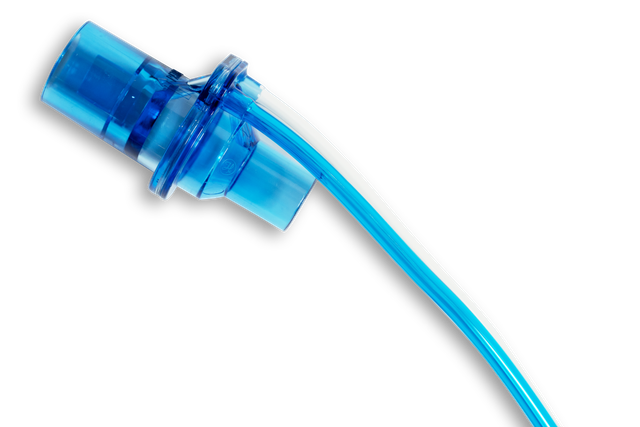
Rapprochez‑vous ! Mesure du débit proximal
Depuis 1983, le capteur de débit proximal constitue la pièce maîtresse de nos ventilateurs. Tout le processus de ventilation dépend de la mesure et de la précision du capteur de débit et il fournit des données à l'entrée des voies aériennes.
Des données précises sur le volume, le débit et la pression sont cruciales pour établir un diagnostic correct et éviter les effets secondaires fréquents associés à des réglages de ventilation inappropriés. Il constitue également l'élément principal de certaines de nos technologies avancées, telles que les modes ASV et INTELLiVENT‑ASV, l'IntelliSync+, et la fonction P/V Tool.

La précision est indispensable. Vos patients en dépendent
Nos ventilateurs mesurent le débit et la pression au plus près des voies aériennes du patient. Des études ont montré que les volumes courants des patients ventilés doivent être déterminés avec un capteur de débit placé sur la sonde d'intubation (

Quelle preuve avons‑nous ? Une preuve clinique
Déterminer de façon précise le volume courant expiré (VTE) est crucial (
Les avantages pour vous :
- Le placement proximal élimine les effets de la compliance du circuit respiratoire sur les mesures du débit et du volume (
Cannon ML, Cornell J, Tripp‑Hamel DS, et al. Tidal volumes for ventilated infants should be determined with a pneumotachometer placed at the endotracheal tube. Am J Respir Crit Care Med. 2000;162(6):2109‑2112. doi:10.1164/ajrccm.162.6.99061121 ) - La mesure du VTE est soumise à moins de résistance de la part du système respiratoire (
Nève V, Leclerc F, Noizet O, et al. Influence of respiratory system impedance on volume and pressure delivered at the Y piece in ventilated infants. Pediatr Crit Care Med. 2003;4(4):418‑425. doi:10.1097/01.PCC.0000090289.98377.153 ) - Le nombre de fuites susceptibles d'altérer le résultat est moins important (
Al‑Majed SI, Thompson JE, Watson KF, Randolph AG. Effect of lung compliance and endotracheal tube leakage on measurement of tidal volume. Crit Care. 2004;8(6):R398‑R402. doi:10.1186/cc29544 )
Notre gamme de capteurs de débit
Nous proposons des consommables Hamilton Medical pour patients adultes, enfants et nouveau‑nés. Vous avez le choix entre des produits réutilisables ou à usage unique, en fonction de la politique en vigueur dans votre établissement.
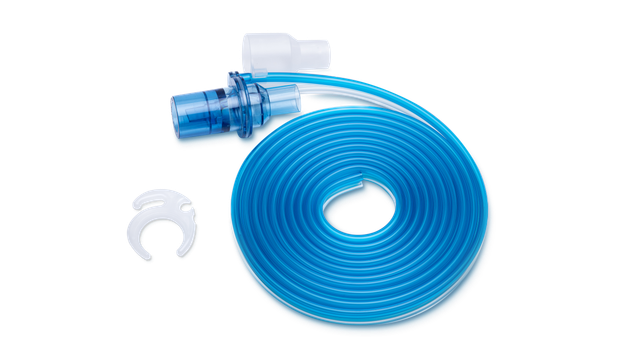
Capteur de débit proximal à usage unique pour patients enfants/adultes
- Tuyau disponible dans trois longueurs différentes 188, 260 et 330 cm
- DE 22/DI 15, côté patient
- Adaptateur de calibration
- Clip de tubulure
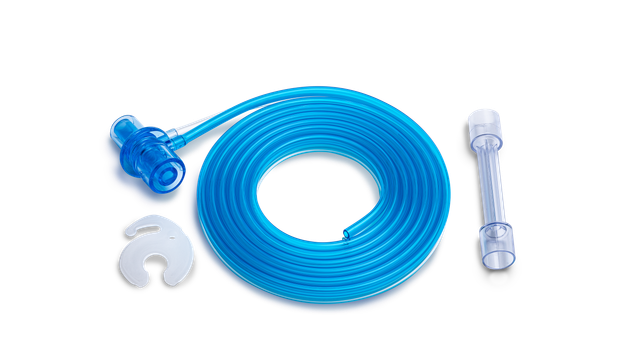
Capteur de débit proximal à usage unique pour patients nouveau‑nés
- Tuyau disponible dans trois longueurs différentes 160, 188 et 310 cm
- DI 15, côté patient
- Adaptateur de calibration
- Clip de tubulure
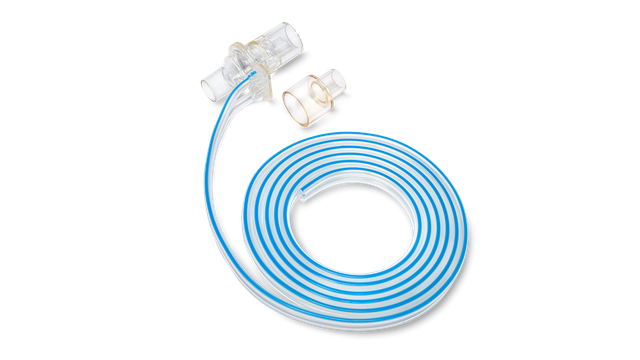
Capteur de débit proximal réutilisable pour patients enfants/adultes
- Longueur de tuyau : 188 cm
- DE 22/DI 15, côté patient
- Adaptateur de calibration
- Bandes de fixation du tubulure

Témoignages de clients
Les capteurs de débit à usage unique Hamilton Medical nous permettent d'éviter toute contamination croisée car nous n'avons pas à nous inquiéter du fait qu'ils soient réutilisés sur un autre patient.
Dr Robert Lopez
Directeur de l'unité de soins respiratoires jusqu'en 2018
University Medical Center, Lubbock (Texas), États‑Unis
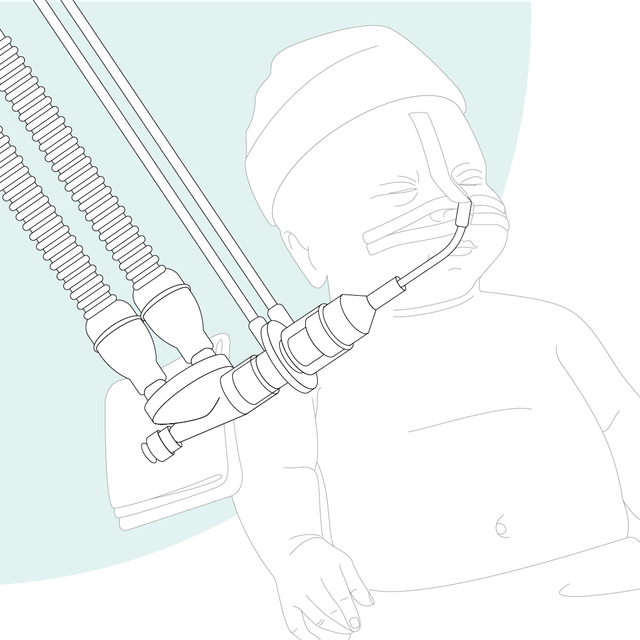
Bon à savoir ! Comment utiliser correctement le capteur de débit ?
Pour plus d'informations
Flow sensor technical specifications
Tidal volumes for ventilated patients should be determined at the endotracheal tube
Reprocessing Guide Flow sensor
Instructions for use adult/pediatric, flow sensor, single use
Références
- 1. Cannon ML, Cornell J, Tripp‑Hamel DS, et al. Tidal volumes for ventilated infants should be determined with a pneumotachometer placed at the endotracheal tube. Am J Respir Crit Care Med. 2000;162(6):2109‑2112. doi:10.1164/ajrccm.162.6.9906112
- 2. Gammage, Gary W.; Banner, Michael J.; Blanch, Paul B.; Kirby, Robert R. VENTILATOR DISPLAYED TIDAL VOLUME‑WHAT YOU SEE MAY NOT BE WHAT YOU GET, Critical Care Medicine: April 1988 ‑ Volume 16 ‑ Issue 4 ‑ p 454
- 3. Nève V, Leclerc F, Noizet O, et al. Influence of respiratory system impedance on volume and pressure delivered at the Y piece in ventilated infants. Pediatr Crit Care Med. 2003;4(4):418‑425. doi:10.1097/01.PCC.0000090289.98377.15
- 4. Al‑Majed SI, Thompson JE, Watson KF, Randolph AG. Effect of lung compliance and endotracheal tube leakage on measurement of tidal volume. Crit Care. 2004;8(6):R398‑R402. doi:10.1186/cc2954





